Understanding Chronic Venous Insufficiency (CVI) and How to Manage It
Posted On: September 26, 2025
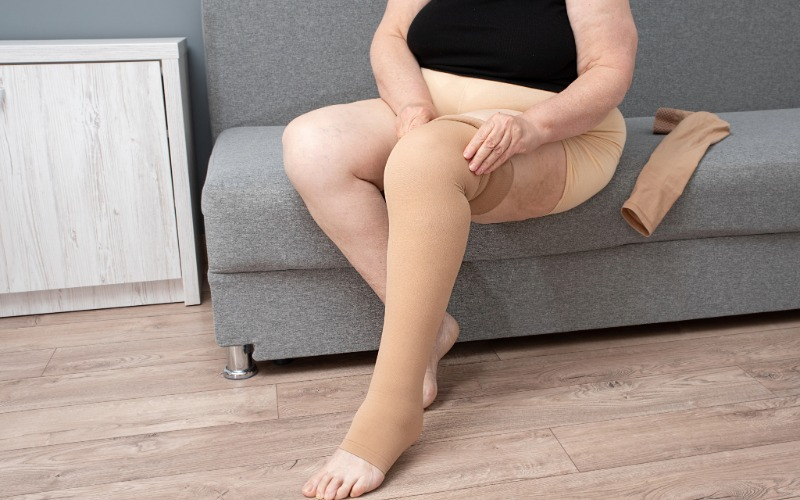
What is Chronic Venous Insufficiency?
Have you been experiencing persistent swelling, aching, or changes in the skin on your legs? You might be dealing with Chronic Venous Insufficiency, or CVI.
It’s a condition that occurs when the valves in your leg veins don't work effectively, making it difficult for blood to return to your heart. This can cause blood to pool in your legs, leading to higher pressure in the veins, a condition known as venous hypertension.
CVI is a more advanced stage of chronic venous disease and is classified into different stages (from C3 to C6 in the CEAP classification system) depending on the severity of symptoms.
What are the Symptoms of CVI?
The symptoms of CVI can vary and often progress over time. They include:
- Swelling (Edema): You might first notice swelling around your ankles, which can then move up your legs.
- Skin Changes: The skin on your legs may change in color, become inflamed, or harden. You might also notice clusters of blue veins around your ankle.
- Venous Leg Ulcers: In more severe cases, painful open sores called ulcers can form on the legs, which may be slow to heal.
What Causes CVI?
The root cause of CVI is faulty valves in the veins. This can happen for several reasons, including:
- Weakness in the vein walls
- Direct injury to the veins
- Inflammation
- Blood clots (deep vein thrombosis)
- Hormonal changes
Several factors can increase your risk of developing CVI, such as age, family history, being overweight, pregnancy, and a lifestyle that involves prolonged periods of sitting or standing.
How is CVI Treated?
The good news is that CVI can be managed effectively. In addition to lifestyle changes, a cornerstone of treatment is highlighted below.
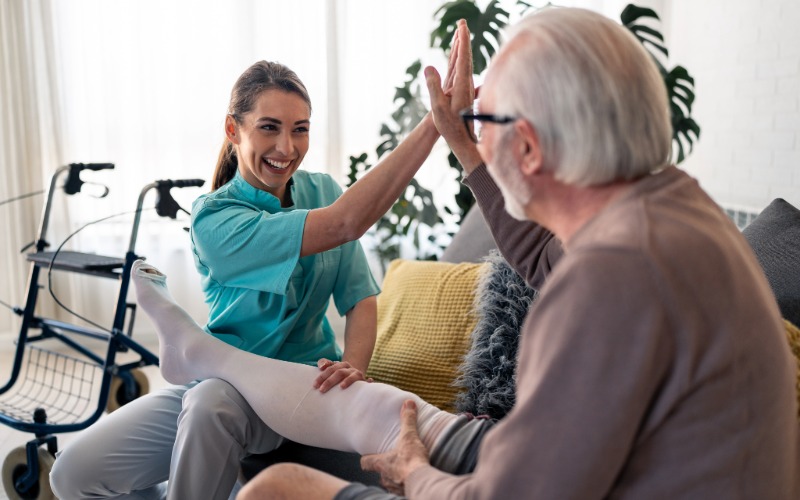
A cornerstone of treatment for all stages of chronic venous disease is compression therapy. Wearing compression garments helps to improve blood flow and reduce swelling.
Lifestyle changes can also make a big difference. Maintaining a healthy weight and getting regular exercise are crucial for managing symptoms. Depending on the severity of your condition, your healthcare provider may recommend other treatments as well.
We're Here to Help
At Binson's, we understand the impact CVI can have on your daily life. We offer a wide range of compression garments and our knowledgeable staff is here to help you find the right fit and compression level to meet your needs.
Explore Compression Solutions
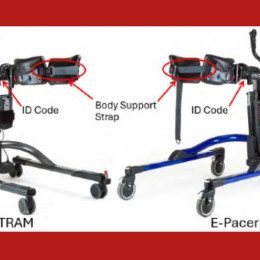
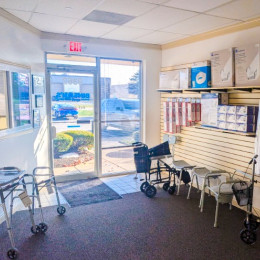

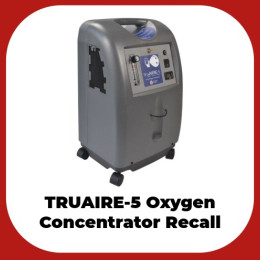



0 comments